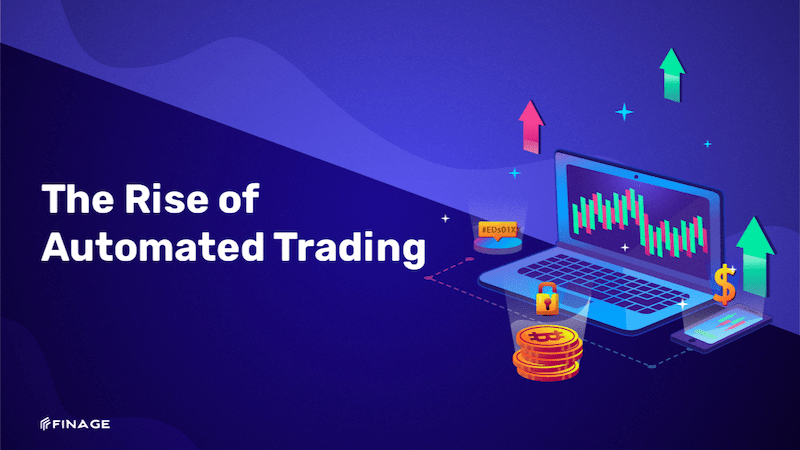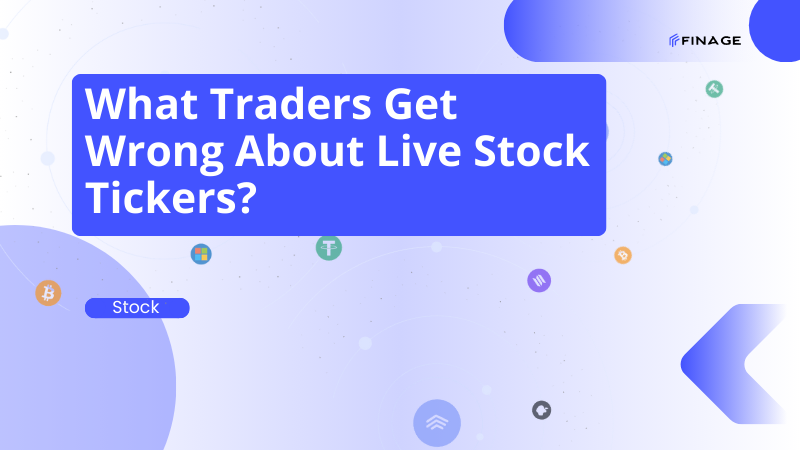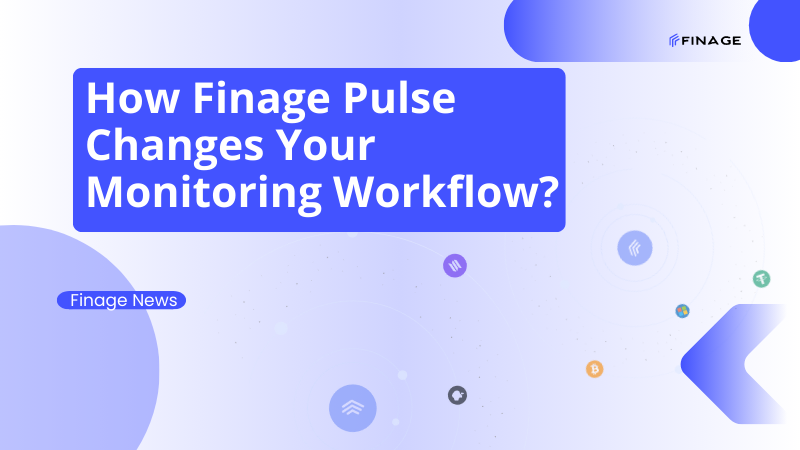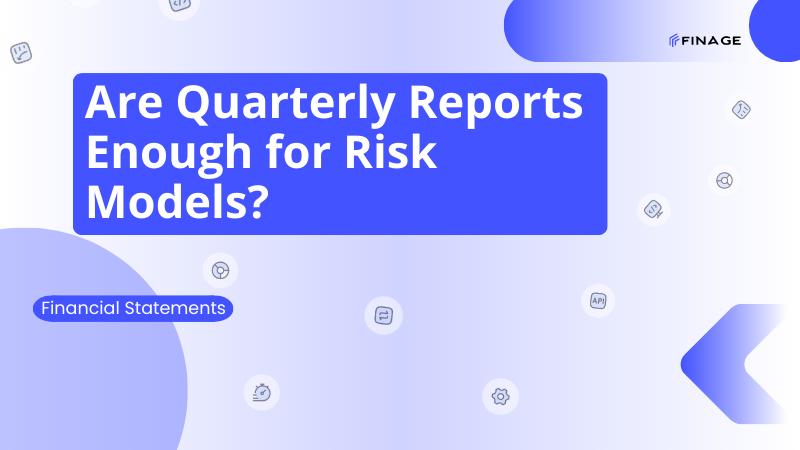Introduction
Automated trading, also known as algorithmic trading or algo, has been on a steady rise for the last few years. It involves using computer-generated algorithms to make trade deals. More people are starting to use algorithms to make exchanges today. Because there is so much hype around automated trading, many are turning to it to make better decisions.
So instead of doing everything manually, you can perform several actions at once. Also, you can set conditions in advance and the algo will perform the desired action at the right time. But there are so many reasons why algorithms are important in trading. Let’s check some important ones!
Contents:
- Why should you use algorithms?
- Save time
- Eliminate human emotions
- Backtest each strategy
- Create consistency
- Perform multiple trades
- Final thoughts
Why should you use algorithms?
Investors can use computers to constantly monitor trades at all times. The reasons to invest in n automated trading systems are plenty. Here are some of the benefits of using algorithms:
Save time
Effective trading requires a lot of time. Traders have to take out special time to come up with and evaluate different strategies. Testing out and implementing different strategies will require a lot of time. This means you can only work on a few strategies at a time.
With a trading system, you can come up with several strategies at the same time. The algorithms will do all the work for you. All that will be left is monitoring the algo to make sure everything is going as planned.
Eliminate human emotions
The truth is that emotions have a huge influence on trading. This can have a negative impact. Traders are constantly dealing with fear, excitement, disappointment, and greed when making decisions. Unfortunately, emotions may override reasoning in some situations leading to poor decision-making.
Algorithms on the other hand simply rely on data and historical and current trends. Trading systems use set regulations to guide decision-making. This creates a more efficient system. Once a certain criterion is met, the computer will make the trade. The criteria are designed by a programmer using software linked to a broker.
The trading entries that you use can be simple or complex. A complex entry may require understanding coding language while a simple one involves a crossover. With an automated trading system, users can choose the set rules from an available list. Another thing you can do is choose the input order and when the trade should be triggered. So all your exchanges will be based on meeting the set criteria.
Backtest each strategy
Having valuable insights can affect your decisions. An even better way of probing I'd insights will work is back-testing. With algo, you can backtest multiple strategies over a long period. You will have access to insights about whether the strategies worked or not. Back-testing is important for the following reasons:
- confirm an idea
- make automation easier
- exploit large trading numbers
- save time and money
Not only can you backtest but also forward test. This allows you to determine whether the strategy will work in the future. By using each strategy on a trading system, you are trying out if it will work. The best part is you won't put any money at risk. All rules are absolute in a trading system. That means there is no room for interpreting different inputs. So you get exact insights for each historical data before risking money.
Create consistency
Trading is a risky business. There is no way of predicting 100% that you will make profits on each trade. It is all about making calculated risks. The only way you can do this is by trying out different strategies every day
Most people tend to change their strategy after one or two losses. But that is a mistake. With algorithms, you will stick to the same strategy which allows you to make more improvements. Working with the same strategy helps you come up with something that works.
Perform multiple trades
One thing that large trading firms do is executive several deals at the same time. This is possible because of tracing systems. Automated Trading systems allow you to perform trades with several accounts. Also, you can use multiple strategies on trades.
This allows you to spread risks and therefore reduce chances of making losses. All you have to do is continually monitor the algo system to make sure everything is working smoothly. Summon up, with the rise of automated trading, algorithms are fundamentally changing the stock market by enabling faster and more efficient transactions, performing multiple tasks and increasing liquidity.
Final thoughts
An automated trading system will help you make better decisions. It allows you to perform multiple trades at once. With an algo, you can test several strategies at once and see what will work without losing money. Also, you can carry out several trades with different accounts at once. It is crucial to note that the rise of automated trading has both pros and cons, as the use of algorithms can increase trading efficiency and reduce emotional biases, but also raise concerns over market instability and the potential for systemic risk. It is essential to keep in mind all sides.
People using algorithms have more time to focus on developing skills and strategies. The algo comes with a set of regulations it follows. So there won't be a negative impact of emotions on decision-making. Testing all the strategies that worked in the past becomes possible. That way you know what trades are likely to be profitable. If you want to stay ahead and increase profits then automated trading systems are the best solution!
You can get your Real-Time and Historical Market Data with Finage free API key.
Build with us today!
Claim Your Free API Key Today
Access stock, forex and crypto market data with a free API key—no credit card required.

Stay Informed, Stay Ahead
Finage Blog: Data-Driven Insights & Ideas
Discover company news, announcements, updates, guides and more



